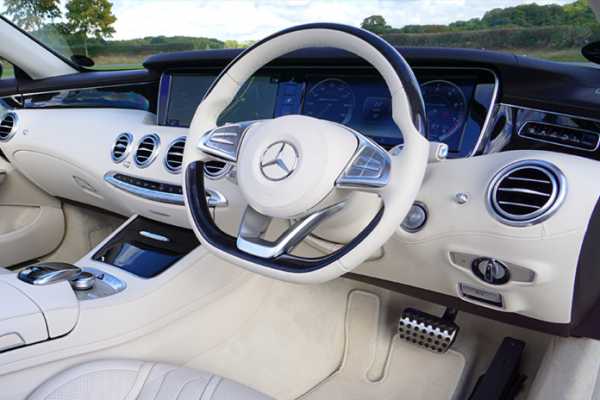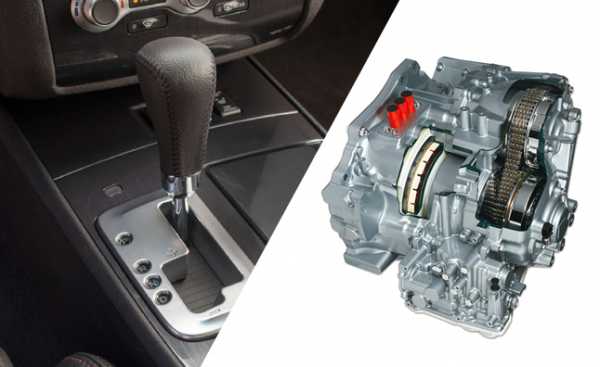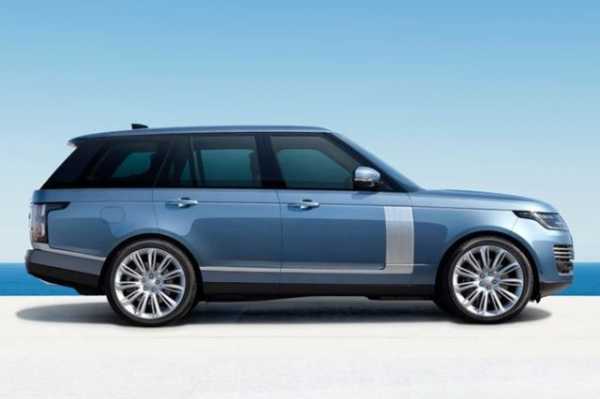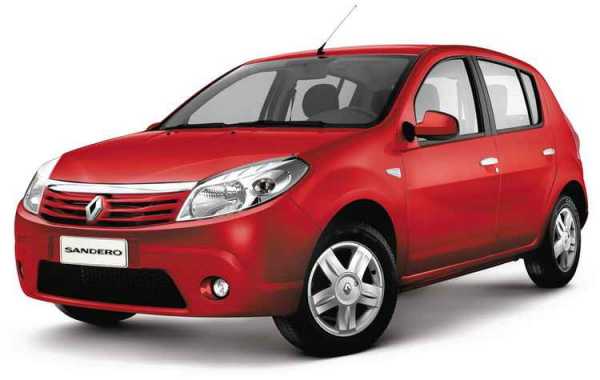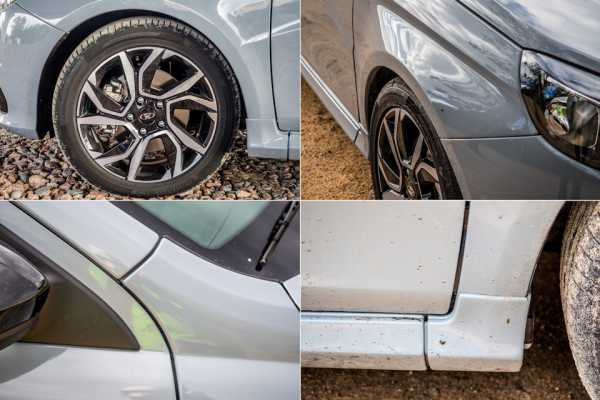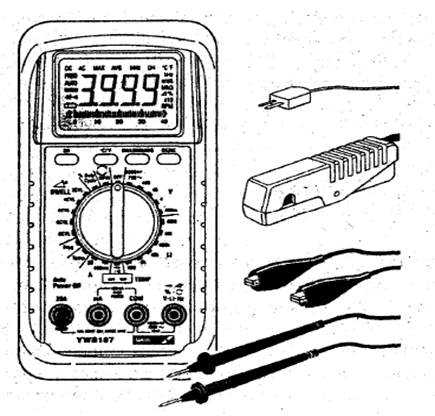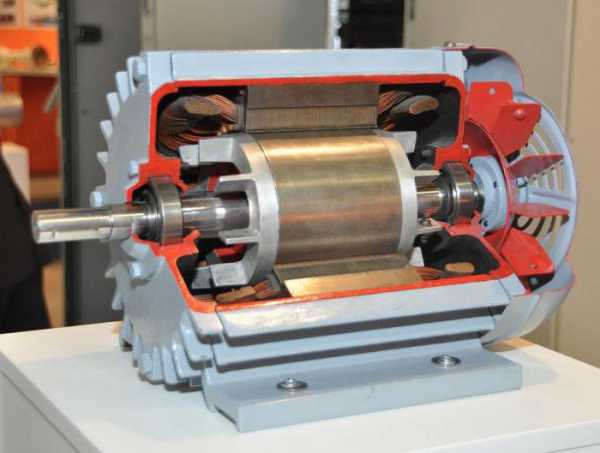New toyota auris
Introducing the new Toyota Auris
Please note that following Toyota’s announcement on 28 August 2018, all versions of this next-generation C-segment model will be known worldwide as the Toyota Corolla.
Learn more: Toyota Corolla enters an exciting new era
The new, third-generation Toyota Auris made its world debut at the 2018 Geneva Motor Show, sporting a more dynamic design and offering the option of a brand new 2.0-litre full hybrid electric system in its powertrain line-up, marking the start of Toyota’s dual hybrid strategy.
Toyota has always prided itself on listening to its customers and responding to their feedback. In particular, after 20 years of hybrid leadership and more than 11 million global sales, including more than 1.5 million hybrid vehicles in Europe, the company has been keen to learn from them how it can further improve this technology and make it more attractive to more people.
This experience has helped prompt Toyota to offer its core models with a choice of two hybrid electric powertrains: one providing the traditional benefits of fuel efficiency and a relaxing drive; the second building on these strengths with greater power and more dynamic driving characteristics.
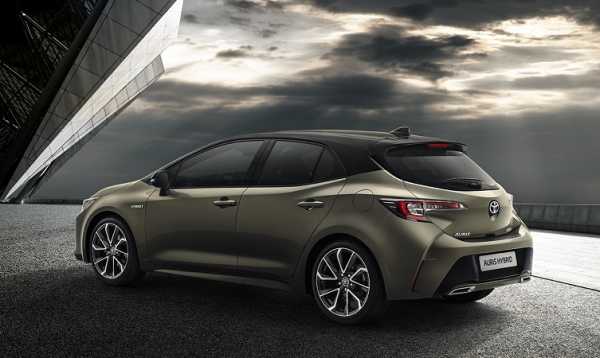
As announced by Toyota Motor Europe on 28 February, Toyota Manufacturing UK’s Burnaston plant will be the exclusive centre for European new Auris production, with TMUK’s Deeside factory supplying the majority of engines. This announcement follows the investment of £240 million at Burnaston to prepare and equip the plant for Toyota New Global Architecture (TNGA) manufacturing.
In 2010, the first-generation Auris became the first high-volume, core Toyota model in Europe to benefit from hybrid drive; now it will be the first core model in the region to offer a choice of hybrid electric powertrains.
During its lifespan, the second-generation Auris has offered up to five conventional engines and one hybrid powertrain. However, reflecting the brand’s continued focus on hybrid technology, the new Auris will offer customers just one conventional engine – a 1.2-litre turbo petrol unit – and a choice of 120bhp, 1.8-litre or 177bhp, 2.0-litre hybrid electric powertrains.
The 1.8-litre system fulfils all the requirements that customers have come to expect from a Toyota full hybrid electric powertrain: silent, intuitive, responsive and self-sufficient EV technology. This offers low cost of ownership, no need for plug-in recharging, excellent fuel economy, low CO2 emissions, and up to 50% all-electric driving in everyday commuting.
The 2.0-litre system maintains these benefits and takes full advantage of the added ride comfort, stability, handling and driving enjoyment inherent in the new Auris’s Toyota New Global Architecture (TNGA) platform. It will offer drivers an ‘energised drive,’ with more power and steering wheel-mounted shift paddles for a more dynamic, engaging driving experience.
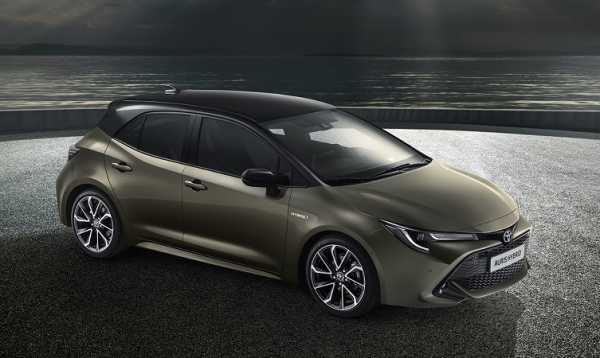
New Toyota Auris: Toyota New Global Architecture
Toyota New Global Architecture (TNGA) represents the foundation for all of Toyota’s future powertrain and vehicle development. It marks a revolution in the way the company designs, engineers and manufactures vehicles, and is integral to the company’s mission to build ever better cars that are more stylish, more enjoyable to drive and even safer.
TNGA introduces new, defined guidelines for the positioning of different state-of-the-art components, which simplifies vehicle design in key areas. The impact of this approach is on items that are largely out of sight, so designers still had the freedom to give the new Auris a visually distinctive and individual look with a lower stance and more appealing proportions.
The TNGA platform at the heart of new Auris guarantees a more rewarding driving experience thanks to a low centre of gravity, multi-link rear suspension, and a more rigid bodyshell through the use of high-strength steel reinforcement in key areas. All these factors contribute to better handling and stability without compromising ride and comfort.
All Toyota’s new TNGA-based vehicles prioritise the highest active and passive safety standards. The new Auris is designed to meet the exacting standards of independent crash testing programmes and provide increased safety levels through the sophisticated functions and systems of the latest Toyota Safety Sense technology.
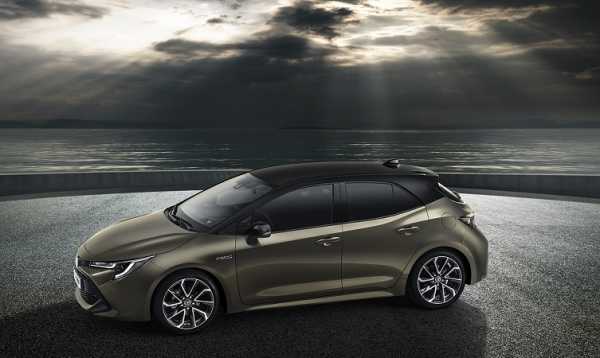
New Toyota Auris: design
“Our primary goal with the new Auris was to create the most bold and dynamic hatchback on the market, without compromising interior usability,” said Simon Humphries, executive general manager of Toyota Global Design.
“Harnessing the low centre of gravity afforded by the TNGA layout, the vehicle is light and agile in the side view, yet as we move to the rear, the architecture transforms to create a solid, wide and low stance that is absolutely critical for the European market.”
Longer and lower than its predecessor, the new Auris adopts a significantly more dynamic design and more striking frontal styling. Overall length has increased by 40mm, all of which is contained within a longer wheelbase. Importantly, the overall height has been reduced by 25mm, while the cowl height is significantly (-47mm) lower than in the current model. The result is a sleeker shape and a more attractive, lower bonnet, which in turn improves safety by giving the driver a clearer forward view.
The new frontal styling is a further evolution of Toyota’s current design philosophies. Beneath the curved front edge of a flatter, clamshell bonnet, the narrow upper grille incorporates a central Toyota emblem and, at its extremities, new, all-LED headlight units with integral daytime running lights.
The frame of the large, trapezoidal lower grille projects powerfully forward of the bonnet’s front edge and the upper grille in a pronounced step, and is less pointed and more vertical than before. This results in a 20mm reduction in the vehicle’s front overhang.
The sides of the grille surround generate a catamaran hull shape at the front corners of the car, following a design principle that was also applied to the new Toyota Yaris. This emphasises the vehicle’s 30mm increase in width and its broad, sporting stance.
Beneath the grille, the frame divides to clearly define the lip of a front spoiler. The edges of the spoiler are angled upwards, creating an area which houses the LED fog lights. The grille’s mesh itself has a new, more articulate and refined design than the classic honeycomb finish.
The rear of the car is more rounded in plan form, strengthening the visual relationship between the front and rear of the vehicle. A 14-degree increase in the rake of the rear screen and a muscular hip above the rear wheel arch combine to make the overall appearance more compact, despite a 20mm increase in the rear overhang. A roof spoiler is fitted as standard on all model grades.
The rear all-LED lamp clusters feature light guides which emphasise the new Auris’s wide, planted stance. And the rear bumper styling echoes the frontal design cues and features a thin lower lip incorporating twin chrome inserts.
The new Auris’s design can be further emphasised with an optional bi-tone colour scheme, which combines the body colour with a black finish to the roof and pillars.
Auris | Overview & Features | Toyota UK
Auris has dynamic styling and a spacious interior that is both intuitive and beautifully designed. Explore our latest Auris offers here.
All Auris grades are now type-approved using the World Harmonised Light Vehicle Test Procedure (WLTP). From 1 September 2018 WLTP will fully replace the New European Drive Cycle (NEDC), which is the current test procedure from which fuel consumption and CO2 figures are currently derived. Due to more realistic test conditions, the fuel consumption and CO2 emissions measured under WLTP are in many cases higher compared to those measured under NEDC. More information can be found by visiting www.WLTPfacts.eu.
For cars homologated under WLTP, revised CO2 and MPG figures are available from your local Toyota dealer on request.
Auris has dynamic styling and a spacious interior that is both intuitive and beautifully designed. Explore our latest Auris offers here.
All Auris grades are now type-approved using the World Harmonised Light Vehicle Test Procedure (WLTP). From 1 September 2018 WLTP will fully replace the New European Drive Cycle (NEDC), which is the current test procedure from which fuel consumption and CO2 figures are currently derived. Due to more realistic test conditions, the fuel consumption and CO2 emissions measured under WLTP are in many cases higher compared to those measured under NEDC. More information can be found by visiting www.WLTPfacts.eu.
For cars homologated under WLTP, revised CO2 and MPG figures are available from your local Toyota dealer on request.
 Create your perfect Auris
Create your perfect Auris  See latest offers
See latest offers  Find a dealer
Find a dealer  Book a test drive
Book a test drive
- Finance calculator
- View Auris brochure
- Test drive Auris
- Find your dealer
Provided by
- Finance calculator
- View Auris brochure
- Test drive Auris
- Find your dealer
New Toyota Auris Debuts Brand's New Dual Hybrid Strategy
Toyota has always prided itself on listening to its customers and responding to the feedback they provide. In particular -after 20 years of hybrid leadership and more than 11 million global sales, including over 1.5 million units in Europe- the company is interested to learn from them as to how it can keep improving its hybrids and make them more attractive to new types of customers.
For this reason, Toyota has decided to offer its core models with a choice of two hybrid powertrains; one providing the traditional benefits of fuel efficiency and a relaxing drive, the second building on these strengths with greater power and more dynamic driving characteristics.
In 2010, the first generation Auris was the first high volume, core Toyota model in Europe to benefit from hybrid drive, and now it will be the first model to offer this choice of hybrid powertrains.
The current Auris powertrain line-up consists of five conventional engines and one hybrid powertrain. However, reflecting the brand’s continued focus towards hybrid technology, the new Auris will offer customers just one conventional engine -a 1.2 litre turbo petrol unit- and a choice of 122 hp, 1.8 litre or 180 hp, 2.0 litre hybrid powertrains.
The 1.8 litre system fulfils all the requirements that customers have come to expect from a Toyota full hybrid powertrain -silent, intuitive, responsive and self-sufficient EV technology with low cost of ownership, no need for plug-in recharging, offering outstanding fuel economy and low CO2 emissions, and up to 50% all-electric driving on the everyday commute.
Whilst continuing to reward customers with all of the above benefits, the 2.0 litre system takes full advantage of the added ride comfort, stability, handling and driving enjoyment inherent in the newly adopted Toyota New Global Architecture (TNGA) platform. It will offer drivers an ‘energised drive’, with more power and steering wheel-mounted paddles for a more dynamic, engaging driving experience.
TOYOTA NEW GLOBAL ARCHITECTURE (TNGA)
Toyota New Global Architecture (TNGA) represents the foundation for all of Toyota’s future powertrain and vehicle development. It marks a revolution in the way the company designs, engineers and manufactures vehicles, and is integral to the company’s mission to build ever better cars that are more stylish, more enjoyable to drive and even safer.
TNGA introduces new, defined guidelines for the positioning of different state-of-the-art components which simplify vehicle design in key areas. The impact is on items that are largely out of sight, so designers still had the freedom to give the new Auris a visually distinctive and individual look with a lower stance and more appealing proportions.
The new Auris’ TNGA platform guarantees a more rewarding driving experience thanks to a centre of gravity, multi-link rear suspension, and a more rigid body shell through the use of high strength steel as reinforcement in key areas. All contribute to better handling and stability without compromising ride and comfort.
All new TNGA-based vehicles prioritise the highest active and passive safety standards. New Auris is designed to meet the exacting standards of independent crash testing programmes and provide increased safety levels through the sophisticated functions and systems of the latest Toyota Safety Sense technology.
DESIGN
‘Our primary goal with the new Auris was to create the most bold and dynamic hatchback on the market, without compromising on interior usability,’ explains Simon Humphries, Executive General Manager, Toyota Global Design.
‘Harnessing the low centre of gravity afforded by the TNGA layout, the vehicle is light and agile in the side view, yet as we move to the rear, the architecture transforms to create a solid, wide and low stance that is absolutely critical to the European market.’
Longer and lower than its predecessor, the new Auris adopts a significantly more dynamic design and more striking frontal styling.
Overall length has increased by 40 mm, all of which has been absorbed within a longer wheelbase. Importantly, the overall height of the new hatchback has been reduced by some 25 mm, whilst the cowl height of the vehicle is a significant 47 mm lower than that of the current model. The result is a sleeker shape and a more attractive, lower bonnet, which in turn improves safety by giving the driver a clearer forward view.
The new frontal styling is a further evolution of Toyota’s Under Priority Catamaran and Keen Look design philosophies. Beneath the curved front edge of a flatter, clamshell bonnet, the narrow upper grille incorporates a central Toyota logo and, at its extremities, new, all-LED headlamp clusters with integral Daytime Running Lights (DRL).
The surround to the large, trapezoidal lower grille projects powerfully forward of the bonnet front edge and upper grille in a pronounced step, and is less pointed and more vertical than before, resulting in a reduction to the vehicle’s front overhang of some 20 mm.
The sides of the grille surround form a trademark, catamaran hull shape at the front corners of the new Auris, emphasising the vehicle’s 30 mm increase in width, and its broad, sporting stance.
Beneath the grille, the surround splits to clearly define the lip of a front spoiler, the edges of which are angled upwards to create a zone between the spoiler and the catamaran hull form, in which are housed LED foglamps. The grille mesh itself is of a new design, which is more articulate and refined than the classic honeycomb finish.
The new rear design is more rounded than before in plan form, strengthening the visual relationship between the front and rear of the vehicle. An increase in rear windscreen rake of some 14 degrees and the muscular hip adopted above the rear wheel arch combine to make the overall appearance of the vehicle rear more compact, despite an increase in rear overhang of 20 mm. A roof spoiler is fitted, as standard, on all model grades.
The rear all-LED lamp clusters feature light guides designed to emphasise the new Auris’ wide, planted rear stance. And the rear bumper styling echoes the frontal Under Priority Catamaran design; a thin lower lip here incorporating twin chrome inserts.
The new Auris’ dynamic design is further emphasised through an optional bi-tone colour scheme, which combines the body colour with a black finish to the roof and all glazing pillars.
Пятидверки Toyota Auris II
Toyota Auris – переднеприводный «небольшой семейный автомобиль» (он же сегмент «C» по европейским стандартам), предусмотренный в двух пятидверных кузовных решениях: хэтчбек и универсал (Touring Sports)…
Он ориентирован, в первую очередь, на молодежь, ведущую активный образ жизни, однако способен удовлетворить запросы «разношерстной» целевой аудитории…
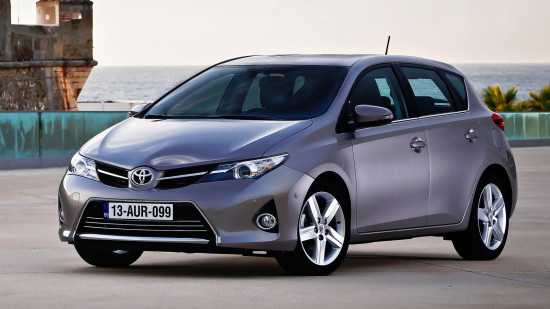
Второе поколение пятидверки предстало перед общественностью осенью 2012 года (в рамках международного Парижского автошоу) – по сравнению с предшественником машина серьезно изменилась в плане дизайна, немного укрупнилась в размерах, получила модернизированную техническую «начинку» и обзавелась современными электронными системами.
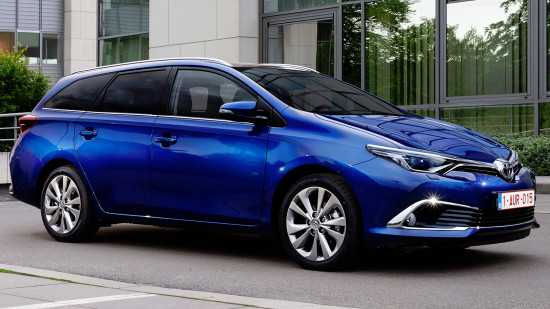
В марте 2015 года на мотор-шоу в Женеве дебютировал рестайлинговый автомобиль, которому слегка подправили внешность (преимущественно с «лицевой» стороны), обновили информационно-развлекательный комплекс, «прописали» под капотом новые двигатели и расширили перечень доступных опций.
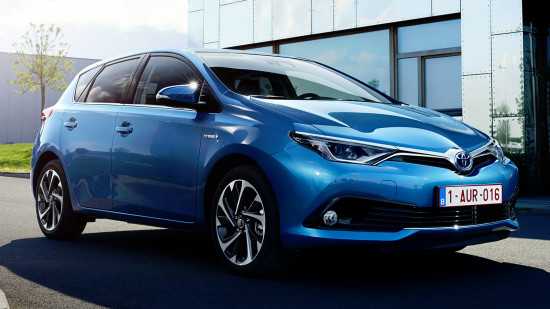
Выглядит Toyota Auris второго воплощения привлекательно, свежо и напористо – злобная «мордашка» с раскосыми фарами и «пухлым» бампером, крепко сбитый и динамичный силуэт с игривыми боковинами, короткими свесами и ниспадающей крышей, поджарая корма со сложносочиненными фонарями и рельефным бампером.
В целом, автомобиль не выделяется чем-то особенным на фоне конкурентов, но взгляд в городском потоке притягивает.
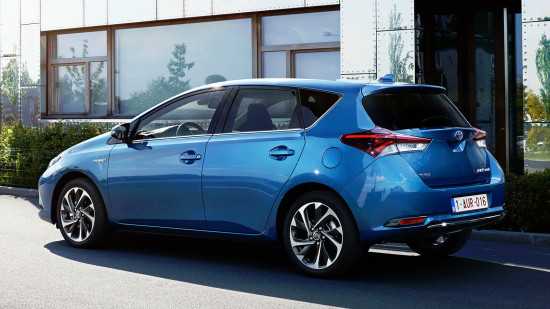
По своим габаритам «Аурис» второго поколения соответствует меркам «гольф»-класса: 4330 мм в длину, 1760 мм в ширину и 1475 мм в высоту (универсал Touring Sports на 265 мм длиннее и на 10 мм выше). Колесная база укладывается у пятидверки в 2600 мм, а ее дорожный просвет равняется 140 мм.
«Боевая» масса автомобиля колеблется от 1190 до 1335 кг (в зависимости от варианта исполнения).
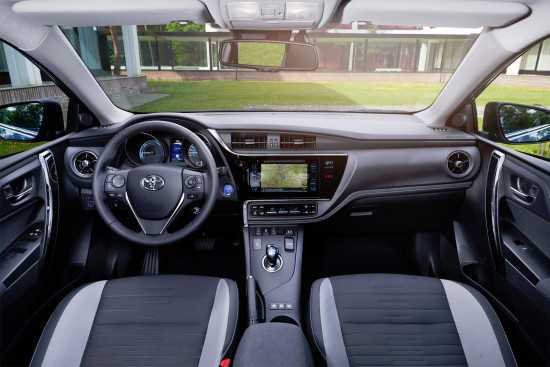
«Второй» Toyota Auris обладает симпатичным, современным и продуманным с эргономической точки зрения внутренним убранством.
Пухлый многофункциональный руль с трехспицевым ободом и приливами, лаконичная и легко читаемая комбинация приборов, асимметричная центральная консоль с 7-дюймовым экраном медиацентра и стильным блоком климатической установки – в плане оформления интерьер машины не вызывает каких-либо нареканий.
Отсутствуют у него проблемы и с качеством отделочных материалов, и с уровнем исполнения (все панели тщательно подогнаны друг к другу).
По умолчанию «апартаменты» пятидверки имеют пятиместную раскладку – достаточный запас свободного пространства здесь обеспечен всем седокам без исключения. Спереди автомобиль снабжен удобными сиденьями с развитой боковой поддержкой, широкими интервалами регулировок и оптимальной по плотности набивкой, а сзади – комфортабельным диваном с откидным подлокотником по центру.
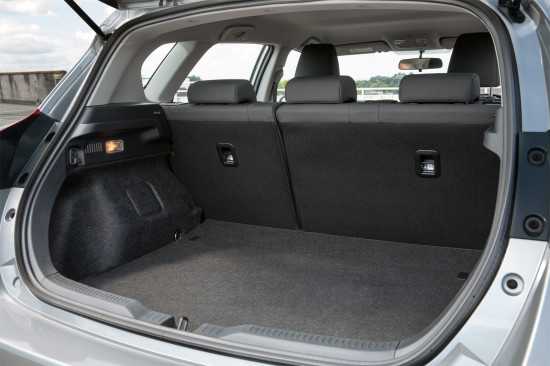
«Аурис» второго поколения может похвастать неплохим по меркам своего класса багажником. Грузовой отсек хэтчбека способен поглотить от 360 до 1199 литров поклажи, а универсала – от 530 до 1658 литров. В подпольной нише у машины скрываются запасное колесо и комплект инструментов.
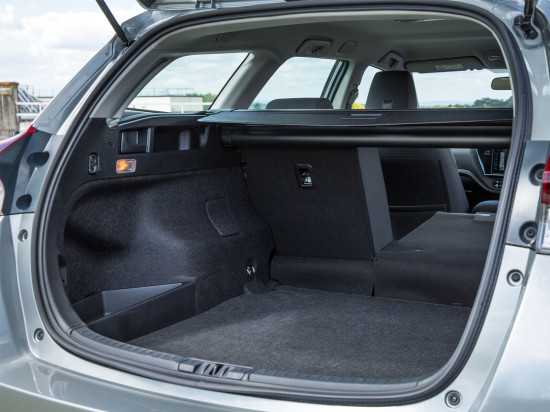
Для второго «релиза» Toyota Auris предлагается широкая гамма модификаций:
- Бензиновые версии приводятся в движение четырехцилиндровыми атмосферными и турбированными моторами рабочим объемом 1.2-1.6 литра с вертикальной компоновкой, распределенным впрыском топлива, изменяемыми фазами газораспределения и 16-клапанным ГРМ типа DOHC, которые развивают 99-132 лошадиные силы и 128-185 Нм крутящего момента.
- Дизельные исполнения оснащаются рядными «четверками» на 1.4-1.6 литра с турбонаддувом и аккумуляторным «питанием», производящими 90-112 л.с. и 205-270 Нм вращающего потенциала.
- Гибридный вариант имеет в своем арсенале 1.8-литровый бензиновый агрегат и электродвигатель, которые совместно генерируют 136 лошадиных сил при 5200 об/минуту и 142 Нм пиковой тяги при 4000 об/минуту.
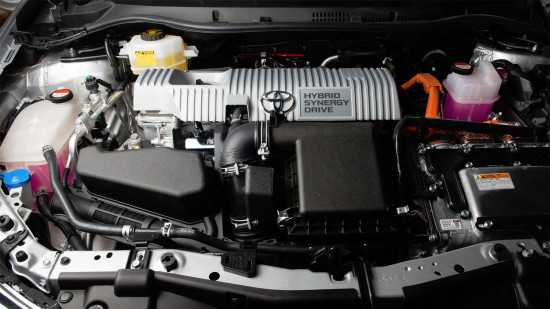
По умолчанию все моторы сочетаются с 6-ступенчатой «механикой» и переднеприводной трансмиссией, за исключением гибридной установки – ей полагается вариатор e-CVT. За доплату бензиновые «четверки» мощностью 116 и 132 л.с. могут быть состыкованы с бесступенчатым вариатором CVT.
С места до первой «сотни» пятидверка ускоряется через 10-13.2 секунды, а максимально набирает 175-200 км/ч.
Бензиновые модификации автомобиля «переваривают» 4.6-5.9 литров горючего на каждые 100 км в комбинированном цикле, дизельные – 3.9-4.1 литров, а гибридная версия – 3.5 литра.
Базируется Toyota Auris второго поколения на переднеприводной платформе «Toyota New MC» с поперечным расположением силового агрегата и кузовом, силовая структура которого на широкую долю состоит из высокопрочной стали.
В передней части машина обладает независимой подвеской типа МакФерсон, а компоновка задней оси зависит от варианта исполнения: версии с 1.3-литровым бензиновым и 1.4-литровым дизельным моторами комплектуются полузависимой балкой кручения, а остальные – независимой двухрычажкой.
«Японец» обладает реечным рулевым управлением с электроусилителем и тормозной системой с дисковыми устройствами на четырех колесах (спереди – с вентиляцией) и ABS с EBD.
На российском рынке продажи Toyota Auris второго воплощения были свернуты в январе 2016 года, а в европейских странах (точнее – в Германии) в 2018 году он продается по цене от 18 790 евро за хэтчбек и от 19 990 евро за универсал (~1.42 млн. и 1.51 млн. рублей соответственно).
В стартовой комплектации автомобиль имеет: шесть подушек безопасности, кондиционер, ABS, EBD, 16-дюймовые стальные колеса, электростеклоподъемники, подогрев передних сидений, аудиосистему, внешние зеркала с электрорегулировками и обогревом, ESP, бортовой компьютер и другое оборудование.
хэтчбеки универсалы C-класс гибриды Отзывы
"Питер - АТ"
ИНН 780703320484
ОГРНИП 313784720500453
